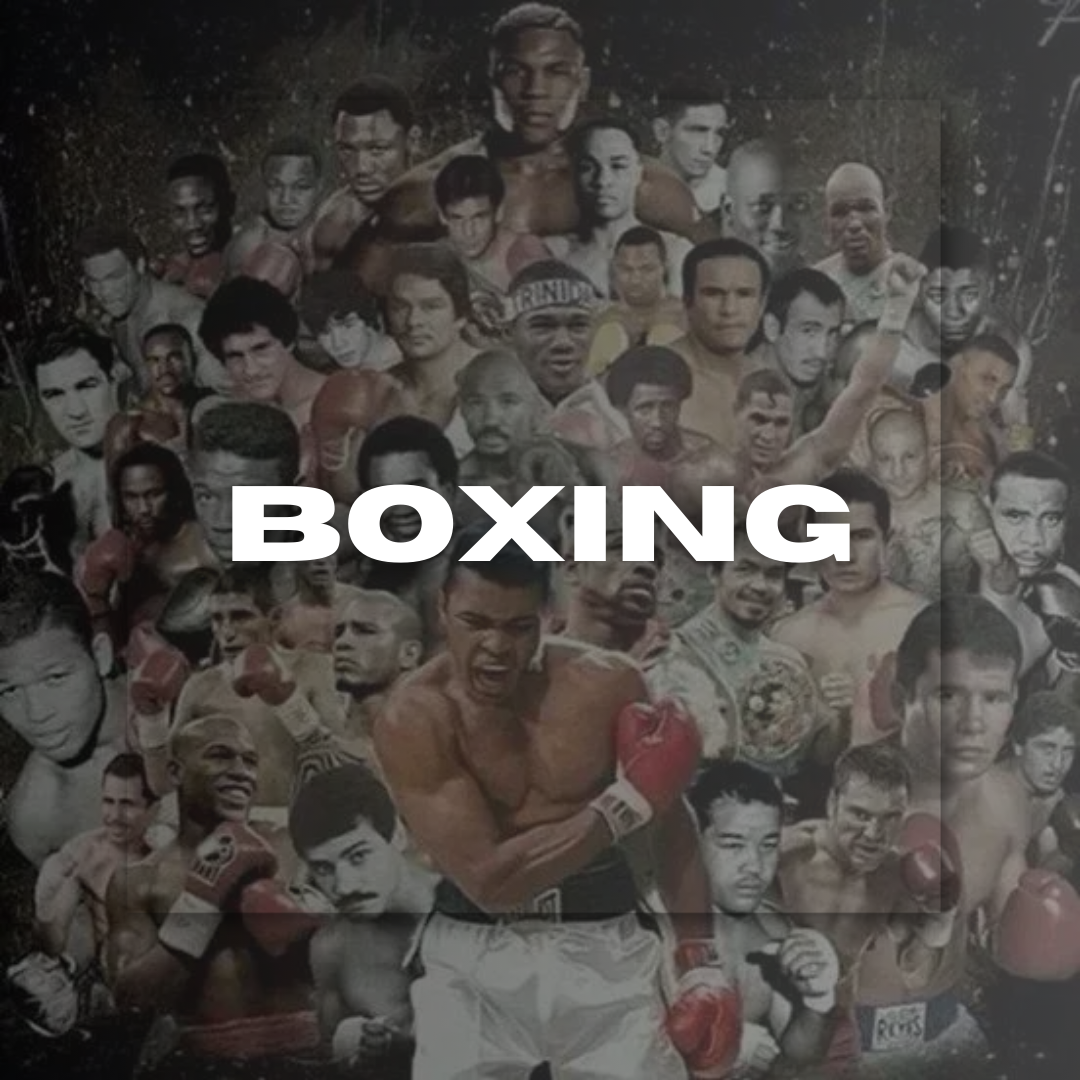
How do you know if a Certificate of Authenticity is Legit?
How do you know if a Certificate of Authenticity is Legit?
By Eliud Alano November 30, 2023 23:58
A Certificate of Authenticity (COA) plays a vital role in the world of collectors, particularly those who specialize in autographs and artwork. However, not all COAs are created equal. With the rise of counterfeit items and inauthentic works, it has become crucial to verify the legitimacy of a COA. This article aims to provide readers with valuable tips and insights on how to determine if a Certificate of Authenticity is truly authentic.
Research the authentication service: One of the first steps in evaluating the authenticity of a COA is to research the authentication service. Reputable authentication services have a track record of excellence and are recognized within the industry. By examining their reputation, you can gain confidence in the legitimacy of the COA.
Look for security features: Legitimate COAs often incorporate security features such as holograms and watermarks. These features are designed to deter counterfeiters and provide visual cues for authenticity. Take the time to carefully examine the COA for such security features, as their absence may raise suspicions.
Check the font and formatting: Another aspect to consider is the font and formatting of the COA. Legitimate COAs are typically consistent in their font style, size, and formatting throughout. Inconsistencies or irregularities in these areas could indicate a potential forgery.
Verify the issuer's contact information: To establish the credibility of a COA, it is essential to verify the issuer's contact information. Legitimate issuers will have valid and easily verifiable email addresses, phone numbers, and websites. If the contact information seems unprofessional or fake, it should raise alarm bells regarding the COA's authenticity.
Seek a second opinion: When in doubt, seek a second opinion from experts or fellow collectors. Consulting individuals who have experience in the field can provide valuable insights and help verify the legitimacy of the COA. Their expertise can prove invaluable in identifying any red flags or inconsistencies.
Consider additional documentation: While COAs are an important aspect of authentication, they should not be relied upon as the sole determinant of an item's authenticity. Other forms of documentation, such as provenance documentation and catalog raisonné, offer more comprehensive evidence. Experts in the art world often regard these forms of documentation as more reliable than COAs alone.
Evaluate the reputation of the artwork: In the case of artwork, it is essential to evaluate the reputation of the piece itself. Research the artist, their background, and the work's provenance. A well-documented history and a reputable source are strong indicators of authenticity, even in the absence of a COA.
Embrace new technologies: As technology continues to advance, new methods of authentication are emerging. Technologies like DNA tagging and blockchain are revolutionizing the art world by offering innovative solutions to the authentication dilemma. Keep an eye on these advancements and consider utilizing them to enhance the credibility of your collection.
Determining the authenticity of a Certificate of Authenticity is crucial for collectors, especially in a world where counterfeit items and inauthentic works are prevalent. By conducting thorough research, examining security features, verifying issuer contact information, seeking expert opinions, and considering additional documentation, collectors can increase their confidence in the legitimacy of a COA. It is also important to remember that while COAs are valuable, they should not be the sole determinant of authenticity. By embracing new technologies and focusing on reputable sources and provenance, collectors can safeguard their investments and build a collection of truly authentic and valuable items.



































































